#0000ff; text-align: center; margin-bottom: 24px;">
Images by Japanese Cult Street Photographer
Nobuyoshi Araki

you should follow the link to each for further information
Now you might think this is a bit too early, but today I’m going to talk about our approach to Christmas cards.
First of all (and let’s get this out of the way) unlike many people we still send real Christmas cards. Not e-cards, and not a donation to charity instead. We do this because we like to, and feel it is a good way of keeping contact with friends and family. We also do it because, as you’ll see, we believe our approach adds value to people’s lives – and the evidence tends to support this.
Since 2005 we have created our own Christmas cards – that’s 17 years, including this year. But they are not traditional cards. Instead they are postcards. Many years they’re A5 size; some years DL or square. Each year, a new card.
I’ve included a few examples below, and I’ve also created a full gallery.
Many years the image on the front has been one of my photographs – and it’s quite fun choosing which one to use. A few years we’ve used an image of a piece of art we own (as long as it’s out of copyright). And a few years one of my late mother’s paintings.
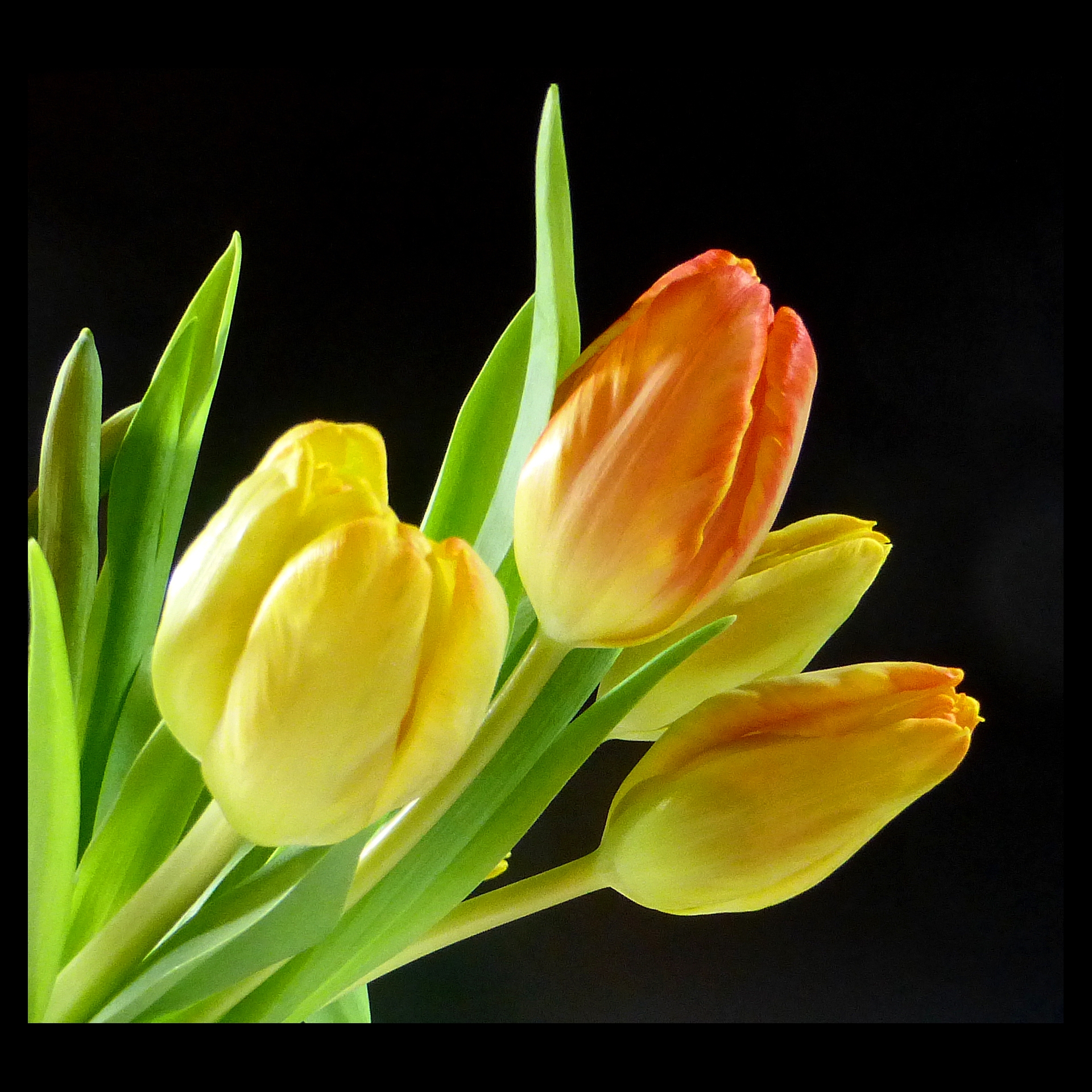
But, you say, this is expensive. Well actually it isn’t; it’s a lot cheaper than buying traditional cards, and a lot simpler. OK, in the early years it did feel expensive as we were using a specialist postcard printer; that tended to cost £150 to £200 for 500 A5 cards (so 30p to 40p per card) which was at least competitive compared with traditional cards.
The last few years we’ve used VistaPrint and designed and ordered online – having done it once it is really easy and quick to do again. This year the cost has been £67 for 500 A5 cards (or just over 13p each). Even allowing for the fact that we’ll use only about half of them that’s still only 27p each. Now tell me where one can get good cards at under twice that price. (OK, they still cost a horrid amount in postage, but so would anything.)
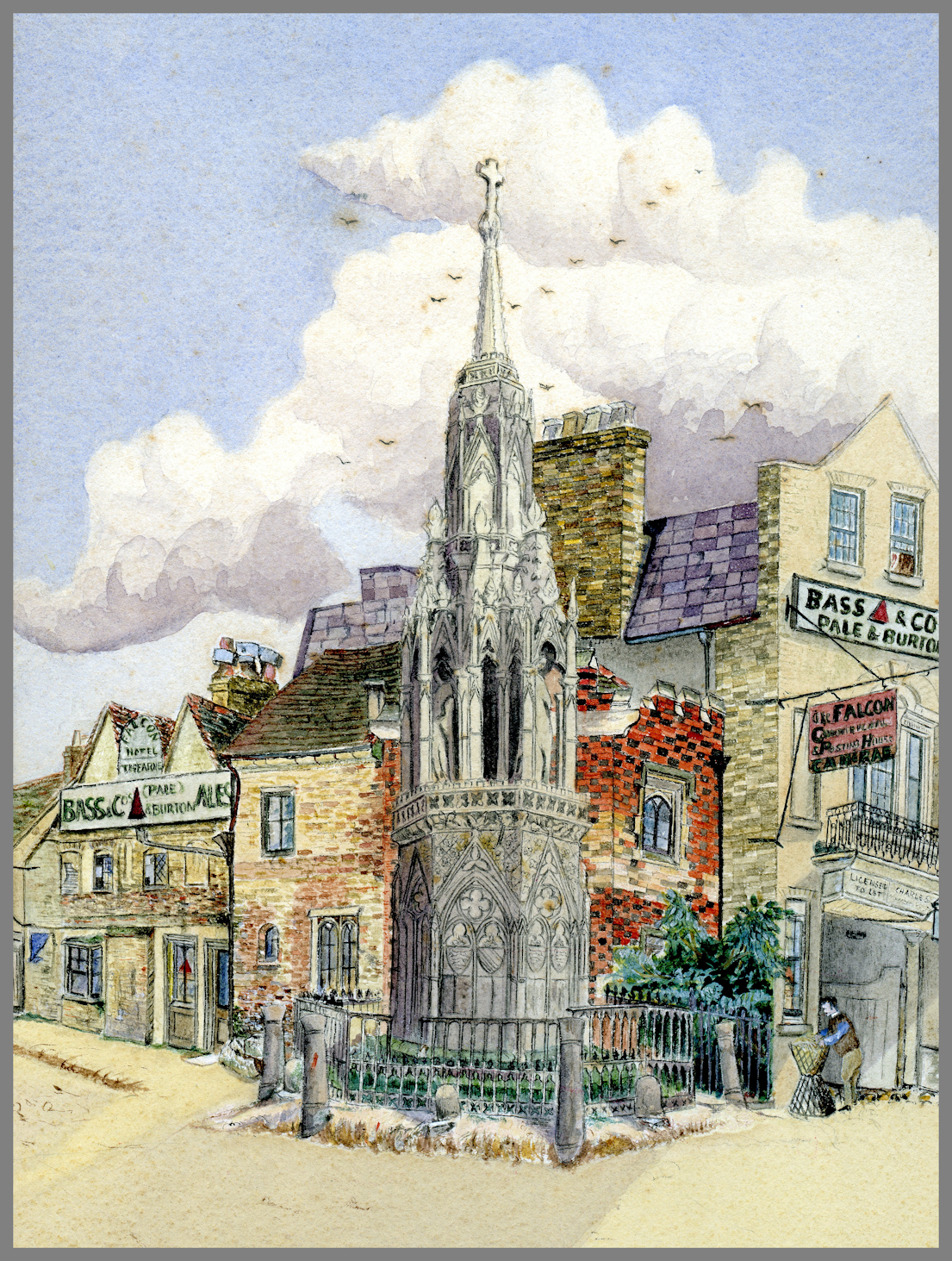
But the advantage doesn’t stop there. For a start there’s the fact that we create a postcard; with an image on one side and a greeting on the other. There’s still space for personalising the card, and for an address label. They’re also relatively light weight, thus saving on overseas postage. With printed address labels and no envelopes, they are easy and fiddle-free to write.
On top of which everyone gets something special – and many people tell us they love receiving our cards and often keep them to enjoy. And of course we have the spare cards in stock for later years when we may not be able to produce a new card.

We ordered this year’s cards over last weekend and standard (free) delivery was expected to be in about 2 weeks. The cards arrived on Wednesday (so in 3 working days), and that is typical of VistaPrint‘s service over the years. But you’ll have to wait to see it as the design is staying under wraps for a while yet.
What’s not to like?
What did you do in the lockdown? I spent time with my ancestors!
There are always some unexpected places one gets taken by the ancestors and family history. This is one of those, and a connexion which I had never expected.
I have just acquired at auction a copy of A Display of Heraldrie by John Guillim; 4th edition from 1660; probably in its original binding (if not, it has been very carefully rebound).
John Guillim (c.1565–1621) was an antiquarian and officer of arms at the College of Arms. He was made Portsmouth Pursuivant Extraordinary in 1608, and Rouge Croix Pursuivant in 1618. Guillim’s A Display of Heraldry was first published in London in 1610, although there is some dispute about the original authorship. It was revised and reprinted a number of times up to 1724, with the fourth edition of 1660 generally considered to be the best of them. Samuel Pepys appears to have had a copy of the fifth edition in his library.
I’ve known this work for many years, having first seen a copy in Harrow School in the early 1980s (on a work visit!) – it was lying on a huge Cromwellian refectory table for anyone to browse. I’ve always coveted owning a copy. Somewhere around 20 years ago I acquired a fairly poor, rebound and damaged copy of the fourth edition, and have since been keeping my eyes open for a copy in good condition. At last I found one, and was very surprised to get it rather more cheaply than I expected.
And now we get to the family history bit, which I only discovered in the last couple of years!
As you’ll see on the title page the fourth edition is “Faithfully collected by FRANCIS NOWER Arms Painter (and Student in Heraldry) in Bartholomew Lane, London“.
There are two branches of the Nower (or Nowers) family. The senior branch is in Oxfordshire; the tomb of Sir George Nowers (died 1425), a companion of the Black Prince, is in Christ Church Cathedral, Oxford.
The junior branch was centred around Pluckley, Kent, and it from them I am descended by way of a string of younger sons of younger sons. Francis Nower (1624-1670) was indeed a herald painter who died tragically with his two infant daughters in a house fire in Bartholomew Lane, London in 1670. He’s not a direct ancestor, but he is my first cousin 10 times removed – ie. the grandson of my 10x great-grandfather, Joshua Nower, Yeoman of Pluckley (c.1555-1618).
That was totally unexpected! I didn’t know I had Nower(s) ancestors until a handful of years ago, and only found out about Francis Nower during the first lockdown last year. Catherine Nowers (born 1820) married into my paternal grandmother’s line. Luckily the Pluckley Nower(s) are well documented at least back to the early 16th century. And to think that my Marshall line appears to be nothing more exciting than AgLabs all the way down.
And the moral is? It’s worth doing your family history, and following all the lines, not just your father’s father’s father’s line. And follow the lines as far back as you can. You never know what delights – or skeletons; we’ve all got some of them too! – you’ll find.
Suddenly in the last week or so, our garden is awash with flowers – especially roses. And I’ve been playing with the new macro lens for my “proper” camera. Here are the first few results.






Here’s my usual round-up of things which have amused me during the year. Unsurprisingly this has not been a vintage year for amusement.
Product of the Year
This is one of the few categories which has done reasonably well again this year. Here are the top three:
Vagina Scented Candle
No really! Gwyneth Paltrow’s GOOP have been selling a candle called THIS SMELLS LIKE MY VAGINA. Hmmmm … OK!
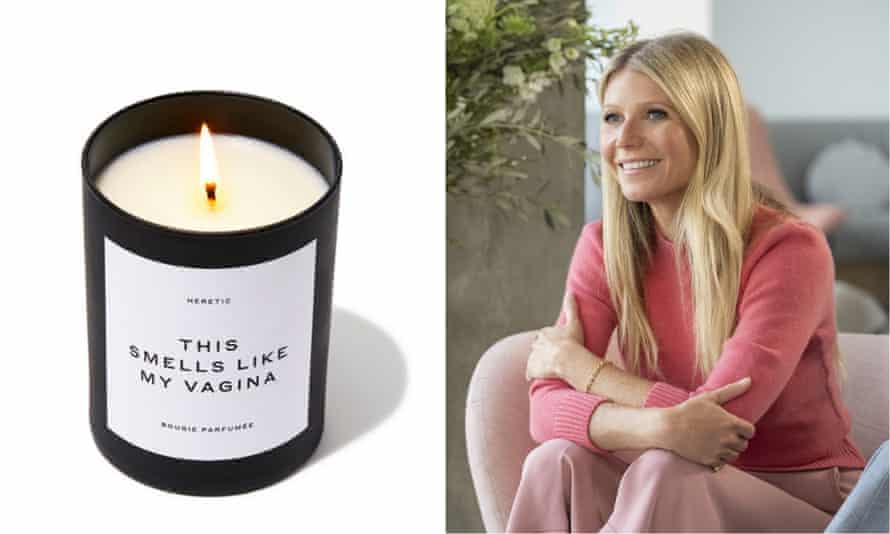
White Chocolate Brain
Freezer supermarket Iceland were selling this beauty in the run-up to Halloween. Sadly it now appears to be discontinued.

100% Halal Mini Assorted Liquorice Pencils with Fondant Filling
Buy these on Amazon!
Headline
Skin cream applied to mosquito bites stops viruses infecting mice
according to New Scientist back in January.
Truth of the Year
Well there really is only one contender. As John Crace in the Guardian said: Boris’s speech was designed as a quick win. Then he opened his mouth.
Plonker of the Year
Again there is but one (collection) of contenders: the whole of the UK Cabinet.
Blog
Not just for its amusement value but also as a serious exploration of history this year’s nomination is the Going Medieval blog written by academic Dr Eleanor Janega. It describes itself as Medieval History, Pop Culture, Swearing.
Research Topic
Back in the early part of the year the following was posted on Twitter:
Open PhD position at Linköping University in Sweden on the effects of domestication on brain structure in relation to social cognition in chickens.
Auction Item
As regular readers will know, we love the strange things which people sell at auctions. This year’s superlative has to be from our local auction house in February:
A life size model of Elvis Presley seated on a stool playing his guitar.
Personal Name
The top three names encountered this year are:
Place Name
Family history research also told us about
Madams Court Farm near Sittingbourne which is owned by the Hooker family.
Neologism
This year’s award is shared five ways by:
Animal
So now to our animal of the year, where we have two winners but for different reasons.
First place goes to Magawa, the African Giant Pouched Rat who has been honoured for his work helping clear landmines.
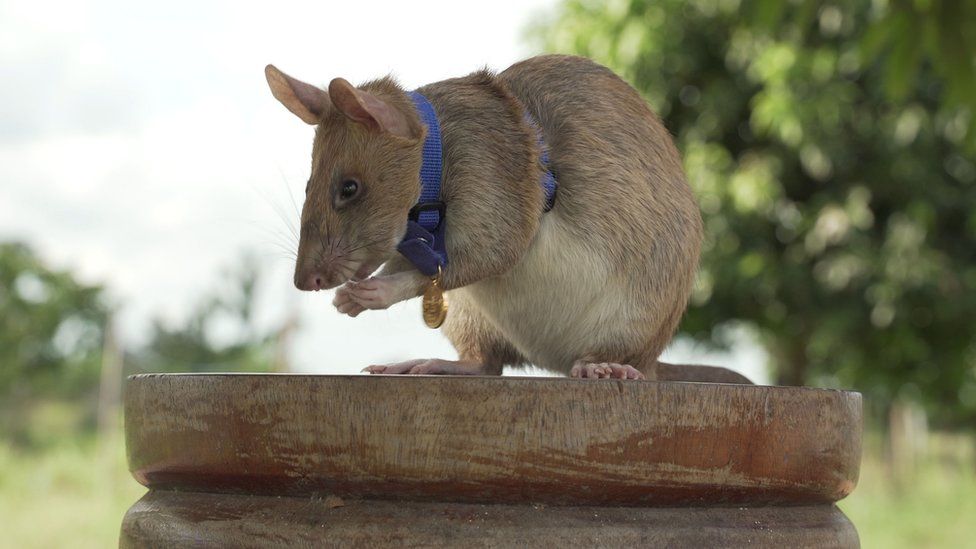
Secondly there is the recently rediscovered Somali Sengi, a tiny elephant shrew which “mates for life, can race around at 30km/h and sucks up ants with its trunk-like nose”.

Occupation
This year’s occupation is Nob Thatcher, ie. a wig-maker.
Word
A three-way tie here this year:
Marketing Bollocks
Well it’s all “marketing bollocks” really, isn’t it? But this year’s superlative goes to this from the cosmetics company Lush:
As you close your eyes and inhale frankincense oil, you see yourself walking in a pine and eucalyptus forest, your steps taking you to a sun-bathed clearing. Here, a steamy spring welcomes you in its warm and surprisingly citrus-scented water. While you thought you couldn’t be more relaxed, a misty incense smoke spreads around you, balancing and settling your mind.
OK, so that’s all for this year’s edition. We’ll be looking out for brilliance again next year; contributions are always welcome. Let’s see if we can make it a vintage year!
Meanwhile remember, folks: Losers eat turnips and don’t have a pastry chef.
Just in case anyone is at a loose end over the holidays we bring you news of one of the year’ds great events: the King William’s College General Knowledge Paper 2020-21.
According to Wikipedia: Since 1904, the College has set an annual general knowledge test, known as the General Knowledge Paper (GKP). The pupils sit the test twice: once unseen on the day before the Christmas holidays, and again when they return to school in the New Year, after spending the holiday researching the answers. It is well known to be highly difficult, a common score being just two correct answers from the list of several hundred. The best scores are 40 to 50 for the unseen test and about 270 out of 360 for the second sitting.
The quiz is always introduced with the Latin motto Scire ubi aliquid invenire possis, ea demum maxima pars eruditionis est, “To know where you can find anything is, after all, the greatest part of erudition.”
You can find this year’s GKP on the King William’s College website at https://www.kwc.im/uploads/questions-2020-21.pdf.
As usual I shall not be getting 100% as tonight’s bedtime reading.
Over on my Twitter, I was challenged by Glynis Paxton to post seven pictures of my life. The rules were simple: one picture a day for a week; no people; no explanations; each day nominate one person to do the same.
Here are the seven photographs (all taken by me) I chose, in the order I posted them. Those who know me well will say they don’t reflect what I do and am. But each of them tells a story, or several, which I’ve noted below each image.
[Click the images if you want large views on Flickr]
Day 1

Day 2

Day 3

Day 4

Day 5

Day 6

Day 7

So there you are. Something about lots of bits (but by no means all) of me and my life captured in seven of my photographs.
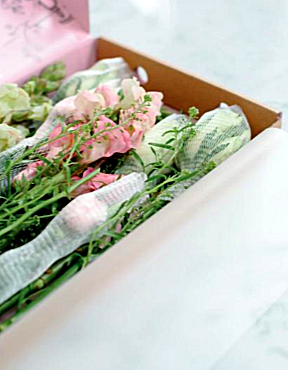 A while ago I stole an idea from our friends Jean and Helen who had discovered Letterbox Flowers: regular delivery of a bouquet packed in a box which will fit through most letterboxes.
A while ago I stole an idea from our friends Jean and Helen who had discovered Letterbox Flowers: regular delivery of a bouquet packed in a box which will fit through most letterboxes.
So every month we get a bouquet, sent on overnight delivery, beautifully packed and just waiting to spring into full bloom. The packaging is impressive with the flowers picked while still in bud and with the larger, more easily damaged blooms protected with little socks – what a fantastic idea that is! (See right for how the flowers are packed.)
This is our second monthly delivery. To be honest I wasn’t very impressed with our first delivery as the flowers didn’t seem to hold up well (but that may be the way we handled them). But this month’s is just fabulous …
This is 2-3 days after we received them. They look wonderful! Even Noreen is impressed, and that’s from someone who’s parents were florists and who grew up with floristry.
Letterbox Flowers have a variety of options from a selection of one-off bouquets to a year-long weekly subscription. For my money they aren’t out of the way expensive: a decent bouquet from a good florist would cost around the same (at least in London).